Evenlode Phosphorus Trial (2021)
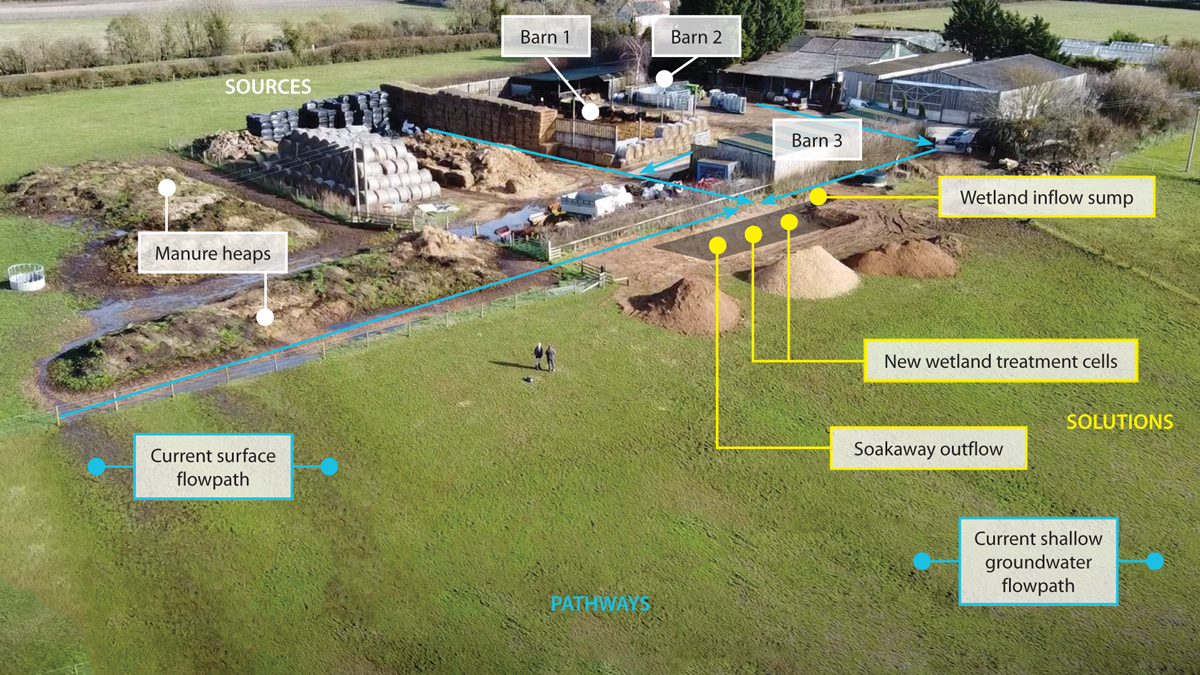
Farm scheme summary - Courtesy of Atkins
The Evenlode is a headwater of the River Thames. The catchment covers an area of around 30,000 ha, flowing from Moreton-in-Marsh to Eynsham over a distance of more than 75km. It consists of 16 Water Framework Directive (WFD) waterbodies, many of which are failing their targets for phosphate alongside other chemical, hydromorphological and ecological elements. In rural areas, run-off from agricultural land and discharge from sewage treatment works (STWs) are often both significant sources of nutrients in natural waters; in particular, phosphorus, which can be detrimental to the river environment. There are 19 STWs in the Evenlode serving a population of close to 50,000 people. Thames Water is committed to continued investment in treatment processes that improve the quality of effluent discharged to river from its works. However, the company has also been exploring whether it can make a cost-effective contribution to managing phosphorus in natural waters by supporting farmers in the implementation of farm and catchment measures.
Background
Between 2015 and 2020 Thames Water ran a trial for its Smarter Water Catchments initiative. The Evenlode catchment was selected as diffuse pollution made up a significant proportion of the catchment’s nutrient budget according to the industry-standard SAGIS model (Source Apportionment in Geographical Information Systems), in comparison to other catchments in the Thames region.
The objective of the trial was to help understand the magnitude and cost-effectiveness of phosphorus reductions that could be achieved in the river by investing in land management relative to traditional end-of-pipe solutions. The multiple benefits of these interventions were also assessed.
Lessons learnt have been taken forward into AMP7 where the company has expanded its Smarter Water Catchments initiative to three catchments across the Thames region. Understanding the cost implications of these alternative solutions were important when building the business case to justify future investment.
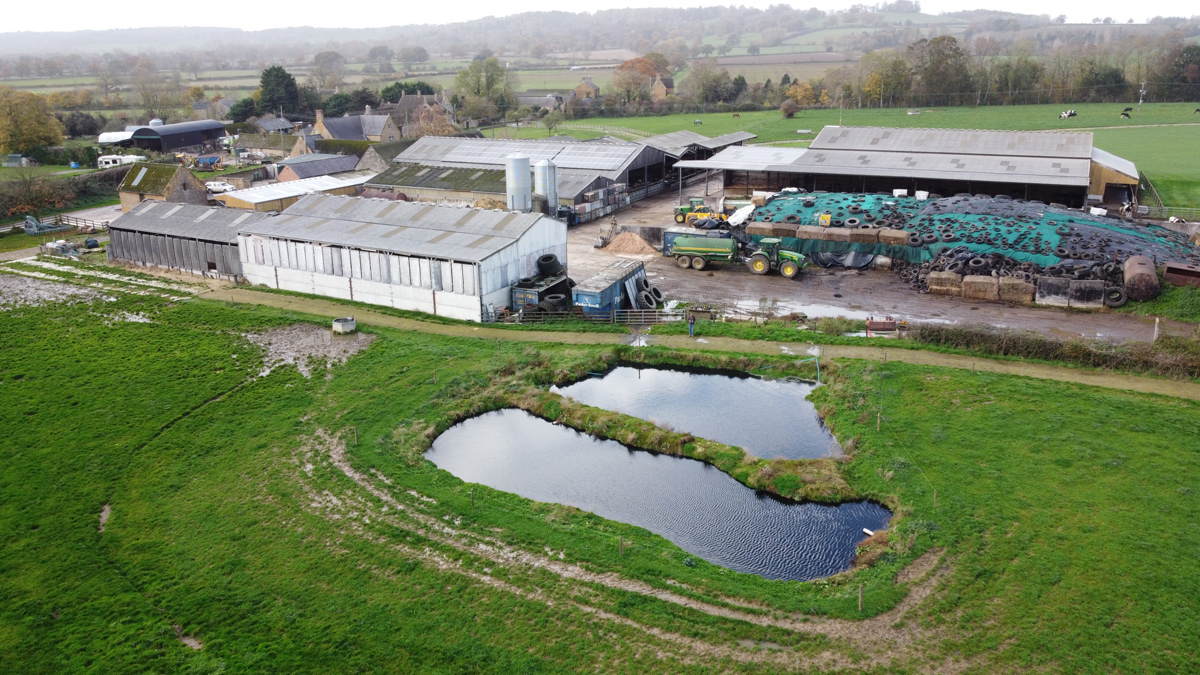
Treatment wetland – Courtesy of Atkins
Design process and approach
The Smarter Water Catchments Trial had four main components:
- Advice service: Thames Water seconded an agricultural advisor from Natural England. The advisor helped farmers apply for funding available under existing agri-environment schemes (eg. catchment sensitive farming) and supported farmers in understanding and applying for appropriate measures through the Catchment Fund.
- The Catchment Fund was set up by Thames Water to support improvements and farm operations that could reduce the loss of phosphorus to watercourses. The scheme was voluntary with farmers making applications that were subsequently scored according to a series of pre-established criteria. The maximum grant value was £20,000 to cover both the capital and operational measures included in the catchment fund handbook. An important component of the scheme was to encourage farmer innovation. Whilst there was a menu of measure options for farmers to choose from, farm owners or managers could also put forward their own ideas for funding. Larger wetlands were popular innovation options with landowners proving the adage that every farmer loves a pond. The fund also provided access to specialist design services to help landowners co-develop their schemes.
- No till & cover crop trial: No till farming is a way of growing crops or pasture with minimal disturbance to the soil by tools or machinery. The pilot explored whether a ‘no till and cover crop’ system could reduce losses of soil and phosphorus to watercourses whilst improving soil health. Just as importantly it sought to understand its effects on farm profitability and efficiency.
- Partnership working: The stakeholder context of catchment delivery is complex and involves many different organisations, dealing with different issues and interests. A fourth part of the trial worked with the Evenlode Catchment Partnership and other organisations to explore opportunities to deliver multiple benefit river and wetland schemes. In its early stages, part of this task involved the co-development of a catchment strategy through an interactive workshop that drew together different local organisations and individuals to identify catchment issues and prioritise different solutions for funding.
Interactive visual workshop – Courtesy of Atkins
Data and evidence
The collection of data and evidence was a central component of the trial. A field scale monitoring programme was developed from early 2019, to complement longer term WFD waterbody scale monitoring that was instated at the beginning of the trial in 2016.
The field scale network focussed on estimating phosphorus concentrations using tried-and-tested, low cost equipment. For example, monthly sampling, alongside more frequent sampling during storm events (using autosamplers), was to help understand how the magnitude of different sources and pathways changed under different conditions.
Some of the methods were developed into an easy-to-understand, transferable guide for scheme participants describing why monitoring was being undertaken, and to allow project partners to implement similar monitoring approaches if required. To ensure broader uptake, the guide was also shared on the Catchment Based Approach (CaBA) website.
It was not always possible to measure the effects of all schemes that were implemented in the catchment. As a result, monitoring focussed on assessing the effectiveness of different measure categories on a case study basis. This allowed the overall phosphorus savings associated with different types of measures to be estimated; one of the main metrics used to evaluate the success of the trial.
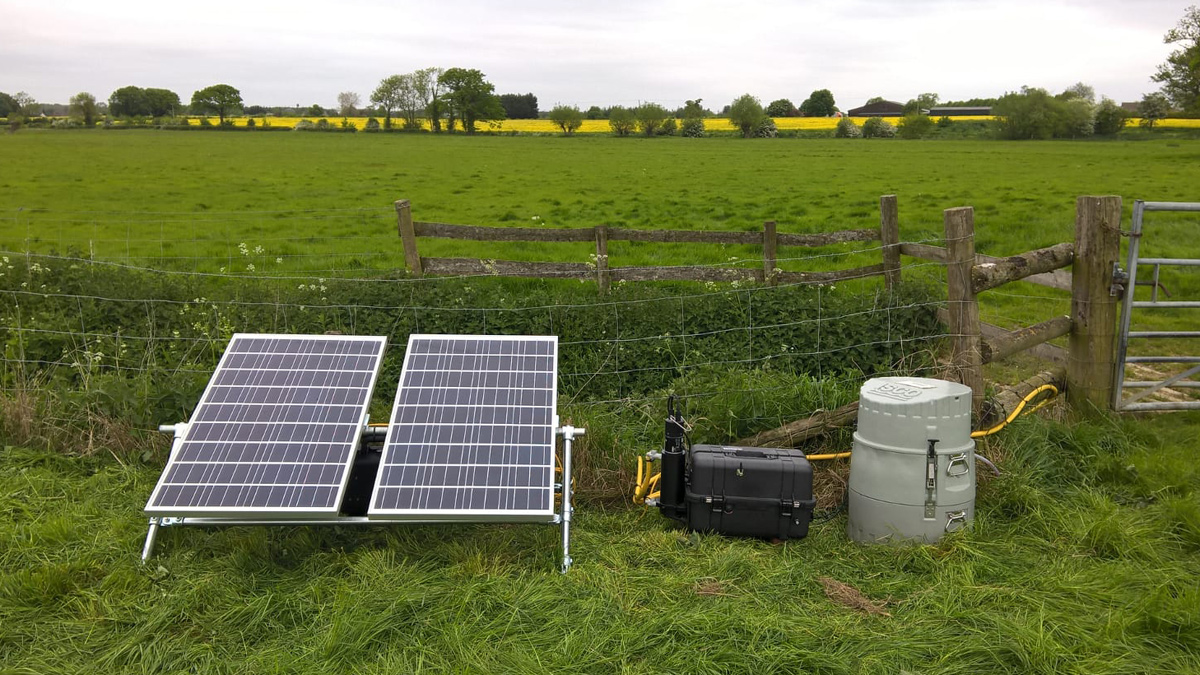
Monitoring equipment – Courtesy of Atkins
Natural capital outcomes
As part of the evaluation of Catchment Fund applications, all farmer proposals were assessed against a multiple benefits assessment matrix. A score was assigned to each bundle based on the scale of wider predicted benefits, which ensured that measures that delivered the greatest overall value were prioritised for funding.
Whilst phosphorus runoff reduction was the primary metric for the scheme, the evaluation of the trial included a holistic cost-benefit analysis that included the wider benefits delivered by the scheme. This focussed on a natural capital assessment to estimate in quantitative and, where possible, monetary terms the additional benefits delivered by the agricultural measures implemented as a result of the scheme. This included a range of ecosystem services including those relating to soil and sediment management, natural flood management, carbon, pollination, provision of habitat and recreation potential as well as water quality.
The longer term
As part of the 2015 to 2020 AMP6 Business Plan, the Evenlode Catchment Management Trial was the first of Thames Water’s pilot catchment schemes. Building on the success of this flagship scheme, Thames Water are extending these types of activities into AMP7 and beyond to further understand their catchment area needs and how working with stakeholders can help to build better functioning river catchments. In order to do this, Thames Water have created their Smarter Water Catchments approach, of which the Evenlode is the founding catchment project.
Recognising that it can take 5-10 years for improvements to be observed in rivers as a result of catchment interventions, Thames Water have committed to continued field scale and WFD waterbody monitoring across the Evenlode throughout AMP7 and beyond, with a 10-year time-frame in mind.
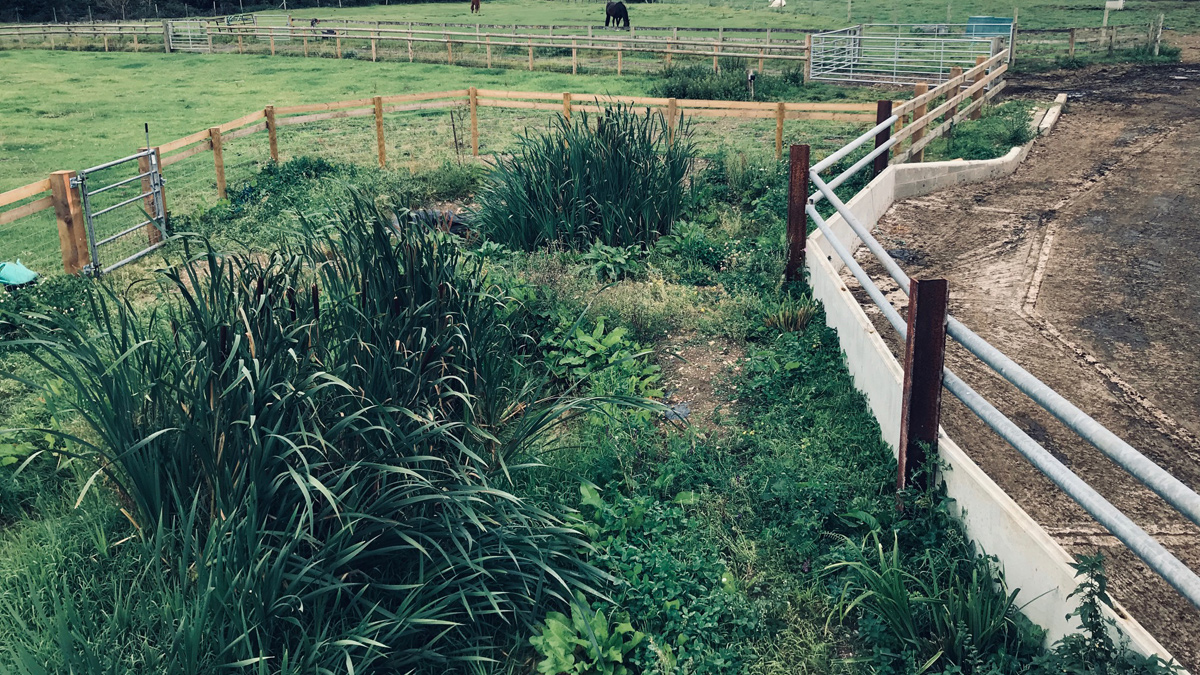
Treatment wetland – Courtesy of Atkins
The Smarter Water Catchments approach will also extend the number of catchment pilots from one to three to include:
- The River Evenlode: Focussing on water quality issues in a rural catchment.
- The River Crane: Focussing on water quality and flooding in an urban catchment.
- The River Chess: A chalk stream with low flows and water quality challenges.
These projects move away from focussing on single drivers (e.g. phosphorus) and see the company adopting a multiple-driver approach. Thames Water has worked with its catchment partners to co-create catchment plans which integrate activities that aim to improve the health of the river catchments through a more holistic approach. These plans can be viewed on Thames Water’s website.
Future challenges
Any future applications of catchment approaches across these landscapes will need to keep abreast of any changes and updates to land management regulations. Farming Rules for Water indicate a national baseline of farming good practice, so any additional incentives, particularly from water companies, should sit on top of these existing requirements.
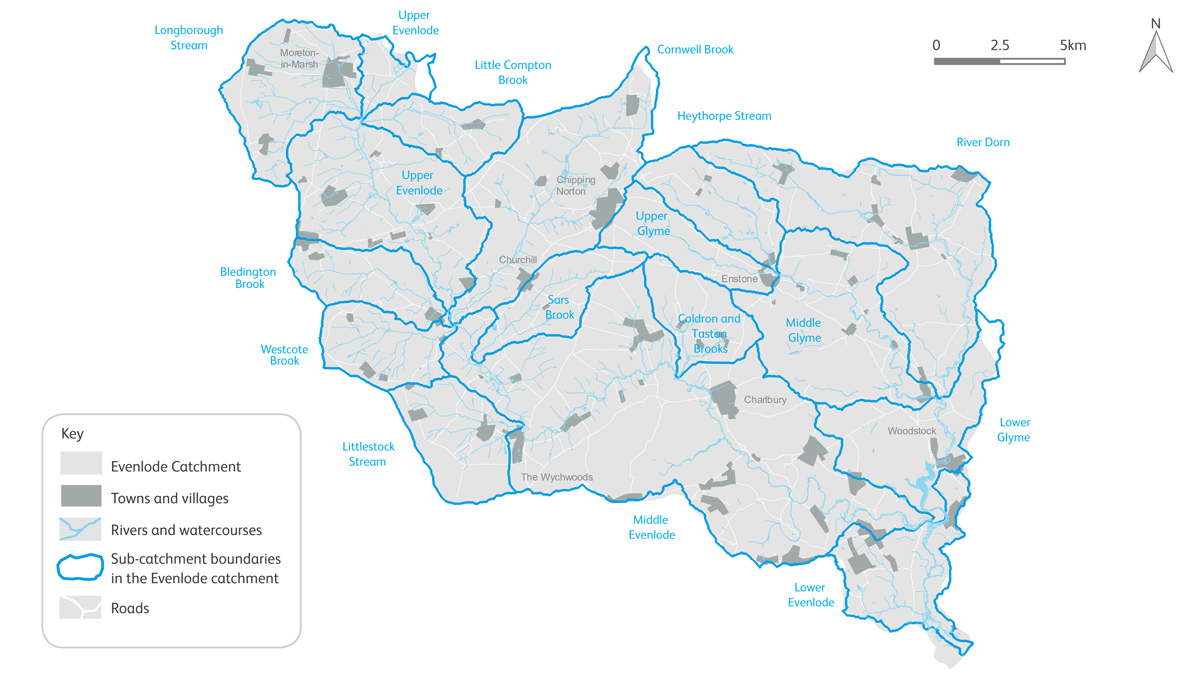
Location of Evenlode Catchment and waterbodies – Courtesy of Atkins
With limited resources and ever-stretching environmental targets, this can lead to challenges when it comes to incentivising farmers to go above and beyond these statutory requirements. Opening out these approaches to focus on achieving multiple benefits will help with the uptake of such schemes, as well as delivering wider benefits.



